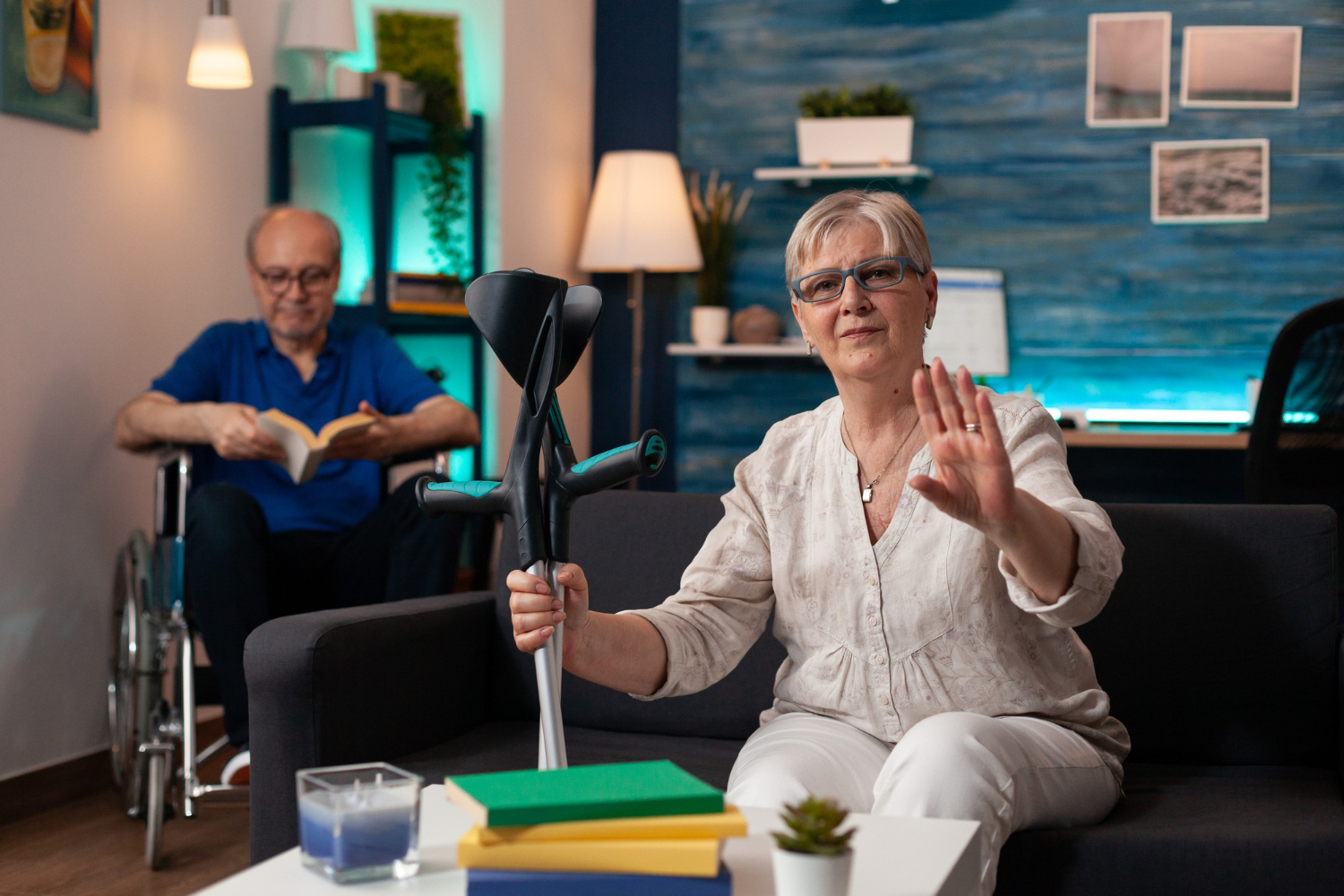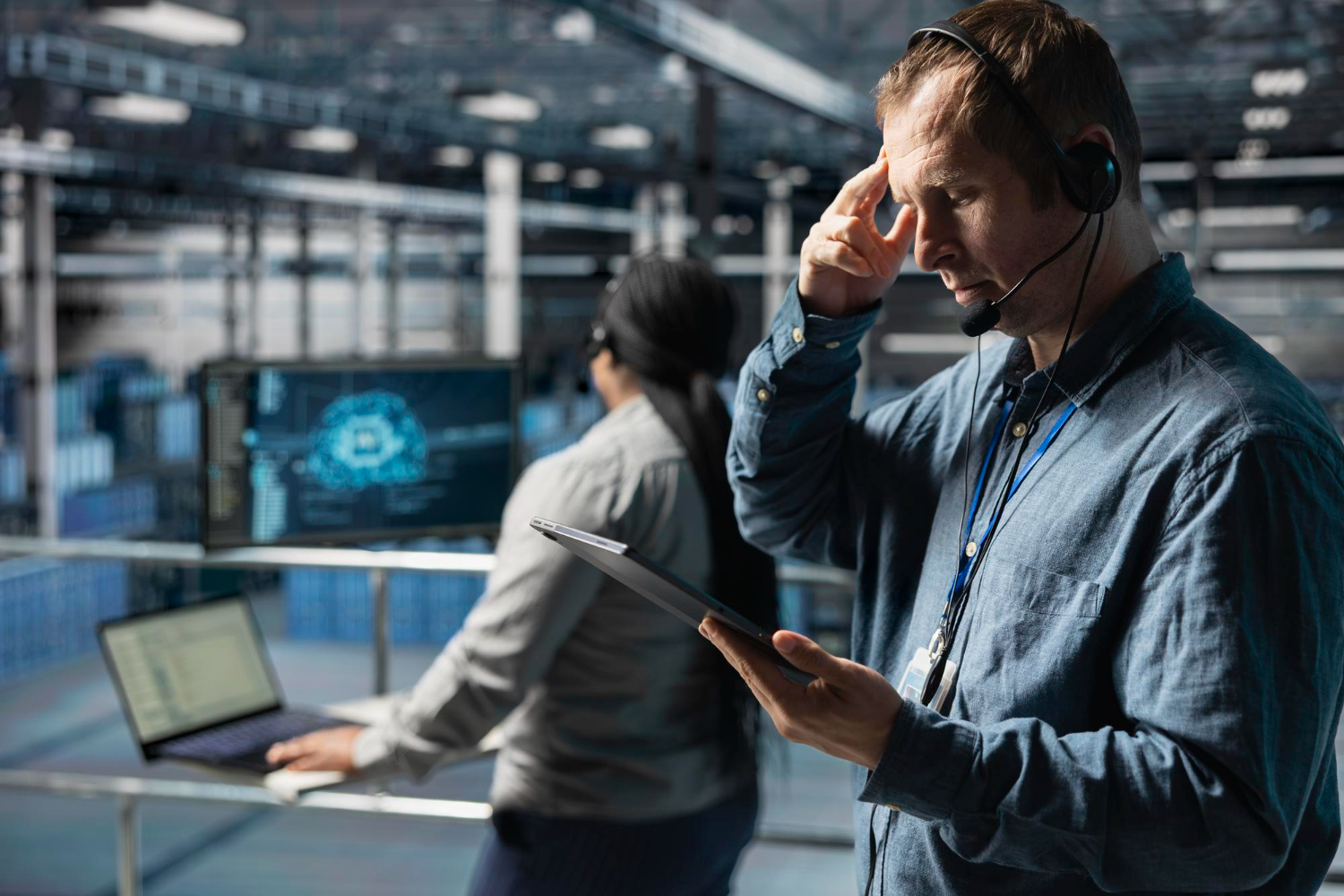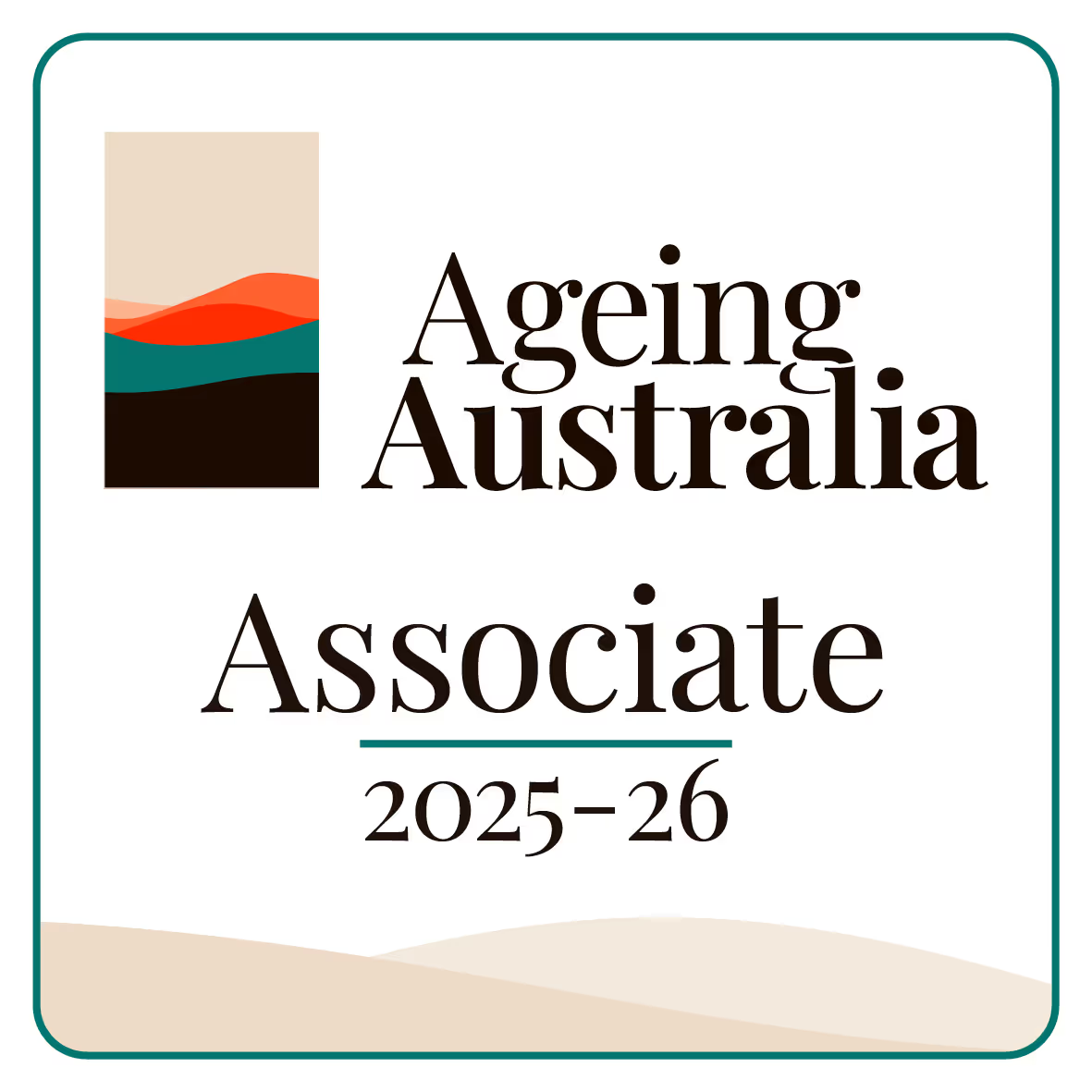You have probably seen those traditional fall alert systems—devices that beep or send a signal after someone has already fallen. While they help in emergencies, they do not actually stop the fall from happening in the first place. That is where AI Fall Prevention steps in to change the story entirely.
With Governa AI, aged care facilities in Australia are moving beyond simple alarms and into the future of proactive safety. Instead of waiting for a problem, AI predicts and prevents it—like having a guardian angel with data-driven instincts.
Why Senior Falls Remain a Major Concern
In aged care, falls are not just an occasional mishap. They are one of the biggest risks for older adults. A single fall can lead to serious injuries, loss of independence, and even long-term fear of movement.
As an aged care nurse, elderly care administrator, or family member, you know how heartbreaking and stressful this can be. The question is: how can you prevent these falls before they occur?
That is where AI Fall Prevention technology, such as the systems developed by Governa AI, steps in.

From Reaction to Prevention
Traditional fall alerts act like smoke alarms—they respond after the incident. But AI changes that approach entirely.
With AI in Aged Care, systems are now able to detect early signs of instability. These platforms observe movements, body posture, and walking patterns in real time. The moment something seems off—say, a shuffling gait, slowed reaction time, or sudden imbalance—the system can alert staff before the fall occurs.
This shift from reactive to proactive care gives residents safety and staff peace of mind.
How AI Fall Prevention Works
It might sound like science fiction, but the technology behind AI Fall Prevention is quite simple once you understand the process.
1. Real-Time Monitoring
AI-powered sensors continuously monitor movements in living spaces. They collect data on walking patterns, body posture, and movement speed—without invading privacy.
These systems can identify risky changes, like slower walking speed or uneven steps, which may signal fatigue, weakness, or medication side effects.
2. Gait Analysis AI
This is where the magic happens. Gait analysis AI studies how each person walks, stands, and moves. It learns their “normal” motion pattern and spots any unusual deviation.
For instance, if someone starts leaning to one side or dragging a foot, the AI immediately flags this as a potential risk. Staff are notified to assist before a fall happens.
3. Predictive Alerts
Instead of sending alerts after the fact, predictive algorithms warn caregivers of high-risk situations in advance. These alerts are based on subtle movement trends—changes that even trained human eyes might miss.
The result? Fewer falls, faster response times, and more confident caregiving.
AI Fall Prevention and Human Insight
Let us be clear—AI does not replace caregivers. It strengthens their ability to care effectively.
Think of AI as a smart assistant that never sleeps. It watches patterns, processes data, and points out potential risks. Then, it is up to you and your team to take action—adjust care routines, provide physical support, or modify the environment.
This teamwork between human intuition and artificial intelligence leads to safer, more efficient aged care environments.
Benefits for Aged Care Facilities in Australia
Using AI Fall Prevention tools like Governa AI brings several clear advantages to Australian aged care providers:
- Fewer incidents: Proactive monitoring means fewer falls and hospital visits.
- Improved safety: Residents feel more confident and secure in their daily activities.
- Less staff stress: Caregivers spend less time reacting to emergencies and more time providing personal care.
- Better family trust: Families gain peace of mind knowing their loved ones are monitored intelligently.
- Data-driven decisions: Detailed reports allow facilities to improve care plans and safety measures.
In other words, AI does not just make care smarter—it makes it safer, calmer, and more personal.
Privacy and Dignity: Respect Comes First
Some might worry about privacy with constant monitoring. That is a fair concern, and Governa AI takes it seriously.
Instead of using intrusive cameras, AI systems can rely on non-visual sensors or motion data. This means elderly residents can move freely without feeling watched. Their dignity remains intact while their safety improves.
So yes, AI can be both protective and respectful at the same time.
The Role of Governa AI in Australian Aged Care
Governa AI has been at the forefront of AI in Aged Care solutions across Australia. Their systems are designed to fit seamlessly into existing care environments—no drastic changes, just smarter technology assisting your team.
Through advanced gait analysis AI and predictive analytics, Governa AI helps identify subtle shifts in mobility that could lead to falls. These insights allow caregivers to intervene early—whether that means adjusting care routines, offering mobility aids, or providing rest.
To learn more about how this works in aged care settings, visit AI in Aged Care.
Challenges and Future Opportunities
Of course, every innovation comes with challenges. Integrating AI systems requires proper staff training, consistent data collection, and ongoing monitoring.
However, the long-term rewards outweigh the initial learning curve. With continued adoption, AI will become as common in aged care as blood pressure checks or daily medications.
Future developments may even include emotional monitoring—detecting anxiety or confusion before a fall occurs. The possibilities continue to expand as technology matures.

How You Can Bring AI Fall Prevention to Your Facility
If you manage or work in an aged care home, adopting AI does not need to be complicated.
- Assess your facility’s needs. Identify areas with higher fall rates or residents at greater risk.
- Choose the right partner. Work with experts like Governa AI, who understand both healthcare and technology.
- Train your team. Introduce staff to the system and show how it supports daily routines.
- Monitor and adapt. Use AI data to improve care plans and refine prevention strategies.
Small steps like these can lead to a big drop in fall-related incidents—and a rise in confidence for both residents and staff.
The Future is Preventive, Not Reactive
Think of AI as moving from a fire extinguisher to a fire alarm that stops the spark before it starts.
As Australia’s population ages, the demand for safer, smarter care will only grow. By embracing AI Fall Prevention, you are not just adopting a tool—you are setting a new standard for elder care safety.
Conclusion
Falls are not just accidents—they are preventable events. With AI Fall Prevention, you can create safer, smarter aged care environments that focus on prevention rather than reaction.
Governa AI leads this movement across Australia, providing innovative technology that gives caregivers peace of mind and residents greater independence.
Take Action Today
If you are ready to reduce senior fall risk and bring proactive safety to your aged care facility, it is time to talk to the experts.
Visit Governa AI to discover how their AI in Aged Care solutions can support your team and safeguard your residents.










